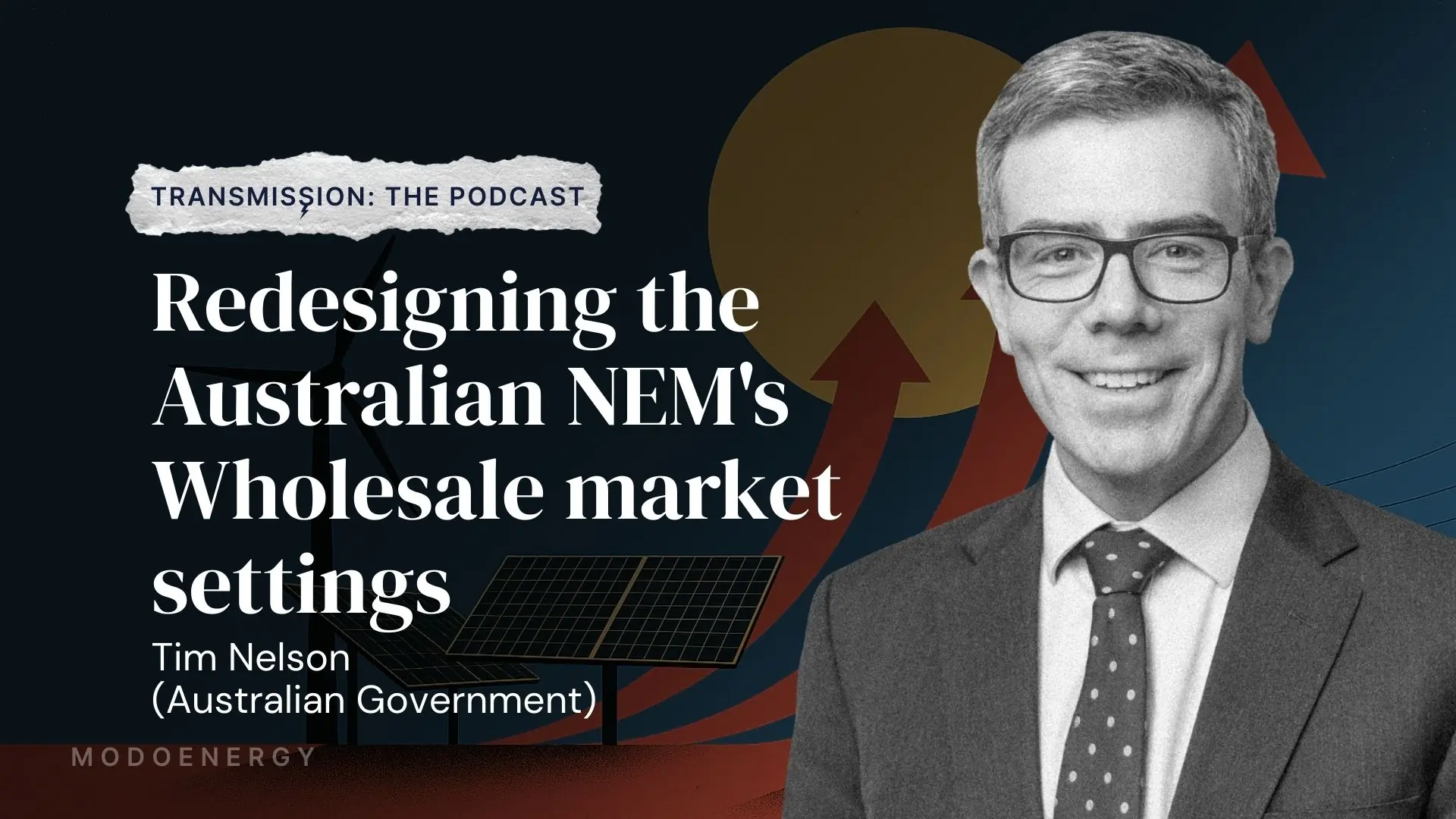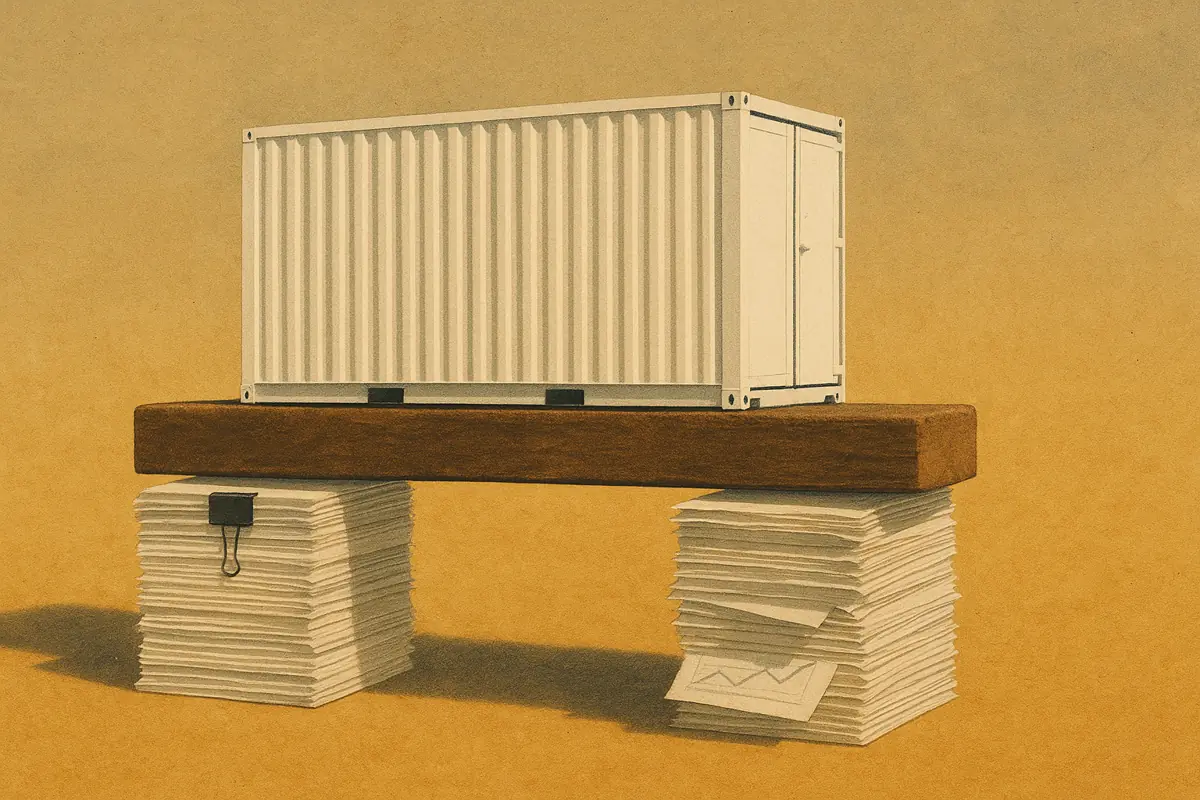In September 2025, battery energy storage revenues in the National Electricity Market (NEM) fell 61% as South Australia’s contingency markets cooled. Warmer weather reduced peak demand across the NEM, pushing energy revenues lower. Queensland revenues were supported by volatility in the Lower Contingency market, while batteries in other states captured value through increased cycling during high prices.
This article provides an overview of NEM grid-scale battery revenues in September 2025: how these compared to previous months, the impact of energy trading and FCAS prices on earnings, revenues by state, and asset-specific factors that led to performance deviations from the index.
Find last month’s report here.
Executive summary:
- NEM-wide battery revenues averaged $85k/MW/year, down 61% from August and below the 12-month average of $142k/MW/year.
- Elevated prices in Queensland’s Lower 6-second FCAS market propped up revenues for the state. Transmission constraints in northern New South Wales led to lower contingency procurement in Queensland, resulting in higher prices.
- Victoria, South Australia and New South Wales revenues fell after a mild month of energy price volatility.
- Batteries over-cycled on 1 September to take advantage of high prices. Some batteries cycled up to two times their nameplate capacity.
September battery revenues fell 61% from August as South Australia Contingency volatility returned to normal
NEM-wide battery revenues averaged $85k/MW/year in September, falling well below the 12-month average of $142k/MW/year. Lower Contingency FCAS earnings fell from their August highs, but still averaged $14k/MW/year. This marks the third consecutive month where intra-regional transmission constraints drove volatility in the Lower Contingency markets for edge states of the NEM (Queensland this month). Energy revenues also declined as demand eased with the onset of warmer conditions.







